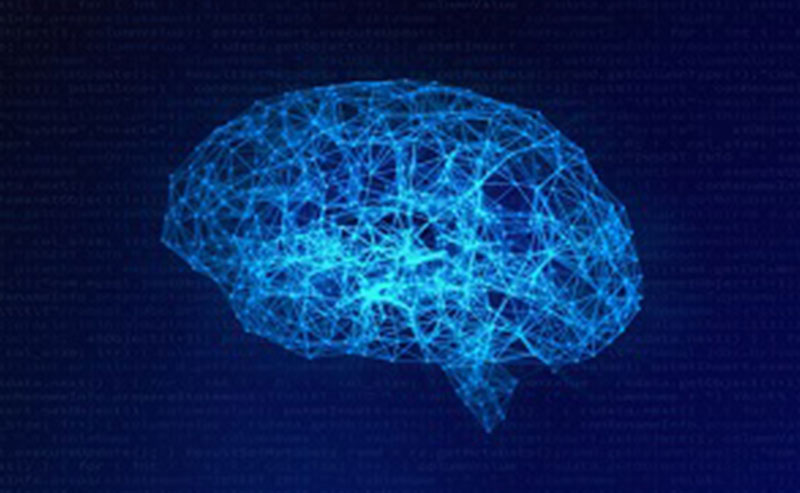Brain injuries are among the most catastrophic of personal injuries. According to the Centers for Disease Control, brain injuries are responsible for more than 2.8 million emergency room visits per year, with over 56,000 of these injuries leading to death. When a victim has sustained a brain injury, the lifelong outlook can be grim. Assuming the victim survives the injury, he or she may be facing a lifetime of medical costs and reduced capabilities.
What is a TBI?
A TBI, or traumatic brain injury, is any injury that causes damage to the brain. There are various degrees of TBI ranging from mild to severe. Some examples include:
- Generally considered the mildest of TBIs, a concussion can nevertheless result in serious long-term complications if it is not treated properly. Concussions can occur when a victim is involved in a fall or a car accident, and are usually caused by a direct blow to the head or by the head contacting a hard surface with force.
- Contrecoup injuries. Often seen in car accidents, contrecoup injuries involve the brain hitting against the skull internally as a result of violent shaking or wrenching. These injuries are especially common in rear-end collisions when the victim’s head moves back and forth rapidly.
- Skull fracture. Any blow that is sufficient to fracture the skull will usually cause serious brain injury. Edema, or swelling, often follows a skull fracture and may cause the brain to press against the skull, causing serious damage.
- Hemorrhage and hematoma. A hemorrhage, or “brain bleed,” or a hematoma, a blood clot in the brain, can be the result of violent injury. These conditions may be treatable or may lead to irreversible brain damage, depending on their severity.
- Diffuse axonal injury. Although it may not be apparent at the time of an accident, a diffuse axonal injury or DAI can be extremely serious and lead to permanent damage or death. This occurs during a violent shifting of the brain, often as the result of a car accident or fall, in which the axons, or cables that connect the neurons, are damaged.
All types of head injuries should be considered serious until the full effects are known. In many cases, symptoms may take days or even weeks to show up. This means that many victims may already have settled their head injury cases before they know the full extent of the damage. It is very important, any time a head injury is involved in an accident, that the victim seeks a full medical evaluation before signing any waivers or agreeing to any settlements.
At Barber & Associates, we have been representing Alaska personal injury victims for many years. We understand the complexities of head injury cases, and we are here to help you ensure that your case is treated with the proper degree of attention and care. We can work with you to recover damages not only for your immediate medical bills but also for possible future costs, as well. Call us today to learn how we can help you protect your rights in a head injury case.
